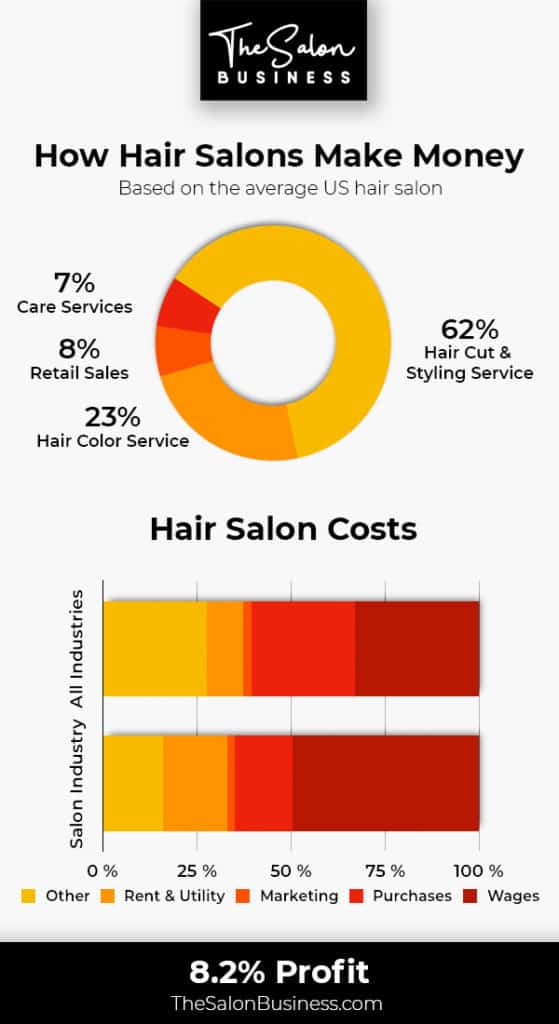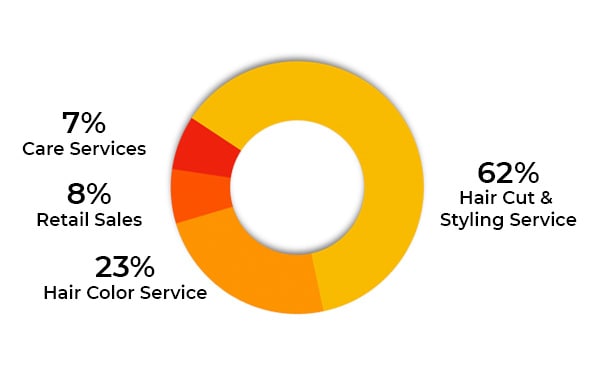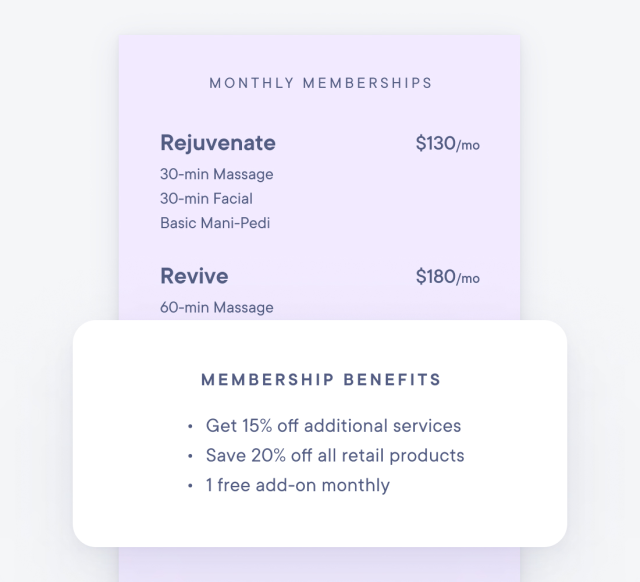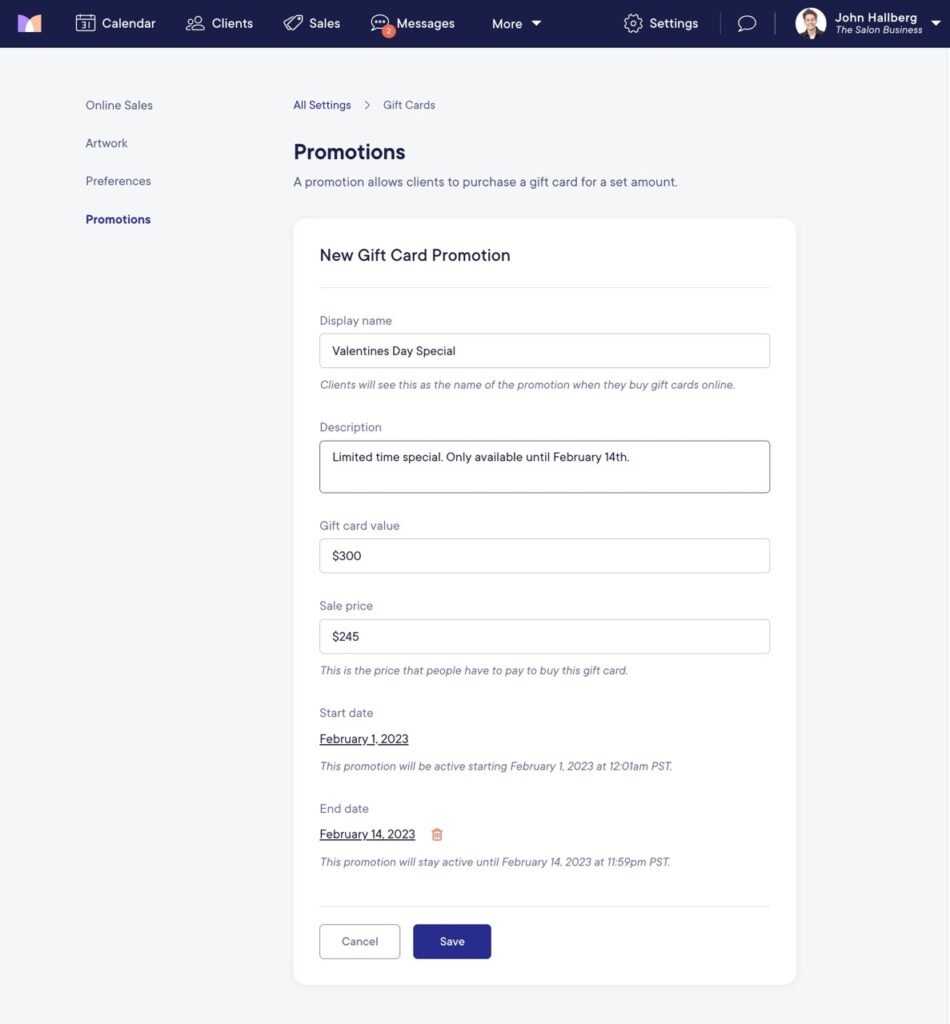Our world is changing. Are you ready to adapt your salon business model to this new world?
Traditional businesses get obsolete faster than ever before. Taxis are being replaced by Uber. Cinemas are being replaced by Netflix.
All new industry disruptions have in common that they come with a new revenue model that replaces the traditional one. And I’m sure you’ve already started to see new revenue models arise also in the salon industry.
To build your salon for the future, it’s more important than ever that you understand your salon’s revenue model. Only then can you start to innovate and identify ways to improve your salon business.
Before we dive into the details, I’ve created a simple infographic that captures the essence of today’s hair salon revenue model for the average U.S. hair salon.
It also includes the average cost split which takes the average hair salon to a profit margin of 8.2%.
But we’ll come back to that. Let’s start with some basics.

Based on data extrapolated from the IBISWorld Industry Report
What is a Salon Revenue Model?
A salon revenue model is a framework for how a salon generates revenue. It includes the different sources of revenue that a salon has (e.g. services and retail sales), what value the salon delivers (e.g. hair coloring service), how they price that value (e.g. your color service price), and who in the end pays for it (e.g. the intended salon client target group). It’s a key part of the hair salon’s business model.
How do Hair Salons Make Money?
Hair salons’ primary income stream is service revenue. For the average US hair salon, this accounts for about 92% of the income generated. On top of that, a small portion of income is generated from retail sales (8%).
This is the average picture. The most successful salons typically have a higher share of retail sales, 14-18%, as they’ve figured out this is a profitable addition to the core service salon offer.

The More Salon Income Streams, The Better
Locking yourself in the traditional salon revenue model outlined above will limit your salon’s potential. You can earn good money from transactional income from services and retail sales, but why stop there?
The more income streams you can add to your business, the better. Having different types of income generated by creating value in different ways for different consumers will not only improve your salon income but also limit your salon business risk. If one source of revenue is slow, another can compensate. And so on.
In the future we can expect that salons will move from having 8% of revenue outside services to 30-40%.
TheSalonBusiness.com
But what can be new income streams for your salon business? Let’s learn how this is done in other industries.
8 Revenue Models Your Salon Should Explore
There are many different types of revenue models and income streams commonly adopted in other industries. Not all are relevant to salon businesses, but I have summarized the most applicable below.
1. The Fee-For-Service Salon Revenue Model
The first model is a model that you, as a salon owner, should be most familiar with as this is the one where the business charges for the service they provide. As we have learned, this is what the traditional salon revenue model is based on.
However, you also know by now that a revenue model consists of more than just the value you create but also to whom you provide the value. You should therefore not discount this as not a way for you to innovate with your revenue model. You should ask yourself: Can I provide a service to someone else but your traditional salon client? This might open up new options for income streams for you.
For example, let’s say you run a hairdressing business. Can you provide a service to other hairdressers by, for example, providing hairdresser education? Or could you offer styling services to other businesses that need that service, like a film production studio or a beauty retailer?
2. The Salon Subscription Model
This is when you charge a pre-determined fee for a contracted period rather than per transaction. This model is used by newspapers and cellular services. But it can also be done for salons.
Take the Rouge Makeup Salon, for example. They offer a $250/month subscription service, which entitles clients to drop in at any time for makeup or waxing services.
Models that provide recurring income like this are good as they ensure a stable income even in periods that are typically slower in the traditional, transaction-based salon.

Mangomint can help salons make more money by selling memberships through its intelligently designed membership feature.

This feature allows salons to create and manage a variety of custom plans and automatically charge clients on a monthly or annual basis.
This helps to build reliable cash flow and boost client retention, which can lead to increased profits for the salon.
Additionally, Mangomint supports both automatic and manual payments of membership fees.
Salons can enable automatic billing to charge client cards-on-file at the beginning of each billing period or opt for manual payments to have the system generate a new sale that can be handled manually when payment is due.
3. Selling Salon Gift Cards
You can use gift cards as an additional revenue model by selling branded gift cards with custom amounts directly on your website and online booking system.
With Mangomint you can offer a digital gift card feature that allows you to track gift card sales and usage within the software to keep all gift card data in one place.
Your clients’ gift cards can be viewed within the checkout process and can even be used without the physical gift card present. The available gift card balance can be accessed straight from the payments screen and applied to the ticket total.
You can also create gift card promotions that can be purchased online to maximize gift card sales during the busiest shopping seasons of the year. The dollar value, sale price, and start and end dates for the promotion can be selected. Successful promotions can be reactivated in the future and run again at any time.

To create new gift cards and view existing card balances and additional details, you can use the Mangomint gift cards dashboard. Purchasing clients and owners can be assigned, amounts can be edited, and usage history by date can be viewed.
When a new gift card is created or sold, it gets automatically synced to the associated client’s profile under their credit/gift cards tab. Purchasers and owners can be assigned to each gift card to ensure that the balance is synced to the correct client account for later use.
4. The Salon Retail Model
Retail in salons is a popular revenue model. It allows you to reach your clients directly, offering them a way to get their products quickly and easily.
When creating a retail space in your salon, choose an area with high traffic flow and dedicated space for selling products.
Use attractive displays and signage to promote certain products and offer special discounts on in-store items during certain times of the day.
Training your staff on retail is also important. Develop a retail training program that teaches staff about product knowledge and sales techniques.
And finally, measuring your retail performance is critical to understanding whether or not your efforts are paying off. Analyze your sales data, evaluate customer feedback, and track ROI to determine the success of your retail efforts.

If you’re interested in implementing online retail in your salon, consider using an e-commerce platform like Shopify and the salon software Mangomint.

Integrating these two platforms makes it easy to manage inventory and sales data in one place, which can help streamline the process of selling products to your customers.
5. The Salon Advertising Revenue Model
Media companies often use this advertising model, charging other businesses for advertising space in their media channels.
Brands and manufacturers are increasingly looking for experts who can endorse their brands. They also look for the right physical locations to promote rich brand experiences. As a salon owner, you can offer both. You can also “sell” advertising space through these channels if you have a good online presence. In particular, if you or your salon has a strong social media following.
6. The Production Revenue Model
The production model is an old model that has been around for centuries. This is when a business creates value by manufacturing and selling finished goods.
The model is already commonly adopted by salons that managed to build a known brand with their salon to launch their line of products later. This has been considered a higher-risk revenue model as you’ve had to invest in R&D to develop your line of products. Today, this is much easier with many 3rd party manufacturers available to offer white-label, ready-made products, and hence, more salons are entering this space.
Going with a production model doesn’t necessarily have to mean launching physical products. You can also launch digital products – like online training or eBooks. The possibilities are endless.
7. The Salon Markup Revenue Model
The markup model involves buying products from a manufacturer, adding your markup to them, and selling them to the consumer. You’re probably familiar with this model and are most likely already using it in a salon.
I’m still sure you have room to create more value for your salon here. You can choose to retail additional brands that complement what you already have or start selling the brands in a new channel.
8. The Salon E-Commerce Revenue Model
Talking about new channels… The fastest-growing channel right now is e-commerce. You can either see this as a threat taking away retail sales from you. Or you see it as an opportunity for you to grow your salon.
The e-commerce revenue model encompasses all of the other revenue models. You’re probably first thinking of using e-commerce with the mark-up model and selling brands online. But there’s much more you can do. With the right salon software you can for example also sell your services online.
Moving from Salon Commodities to Full Salon Service to Salon Experience
We’ve now covered a long list of additional revenue models that are relevant to your salon. But on top of this, you can also revisit what you offer in the salon.
As we look to the future, it’s no longer enough to “just” offer a haircut or a pedicure. These services are increasingly being seen as a commodity and if you go down this path you’ll just enter into a place where all that matters is price.
You need to move from selling a commodity to offering a complete service that delivers the end value your clients want. Further, you should look at the complete client experience your salon deliver. All the way from their first experience with you when booking online (see best salon appointment software here) to the experience during their appointment.
This goes beyond the service you deliver to the ambiance of the salon as well as complementary offerings that increase the value of their appointment. Could your salon be combined with a wine bar? Or could you offer snacks, a meditation experience, or other services as part of the salon visit?
When you consider what you offer your clients as a complete experience rather than just shorter hair, you’re opening up yet another avenue of new potential salon income streams.
How Can I Practically Use This to Grow My Salon Business?
I am glad you’ve invested the time to read this article. I hope you now feel equipped with the theory behind salon revenue models and that the examples from other industries have already sparked some ideas for how you can find new revenue streams to grow your salon business.
It’s clear that the traditional salon revenue model is about to change. The question is whether you’re ready to take advantage of the new opportunities that come with it.
Talking about income, as you’ve noticed, these (and all) articles here are available for free. I write to help salon owners like you grow your business. Thus, if you found the article helpful, it would mean the world to me if you wanted to share it with your like-minded friends using the social buttons available on the page.
When you’ve done that, you can also check out another free resource with concrete examples of how you can find passive income streams in my article 5 Salon Business Ideas That Earn You Income While You Sleep.
